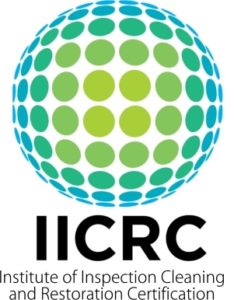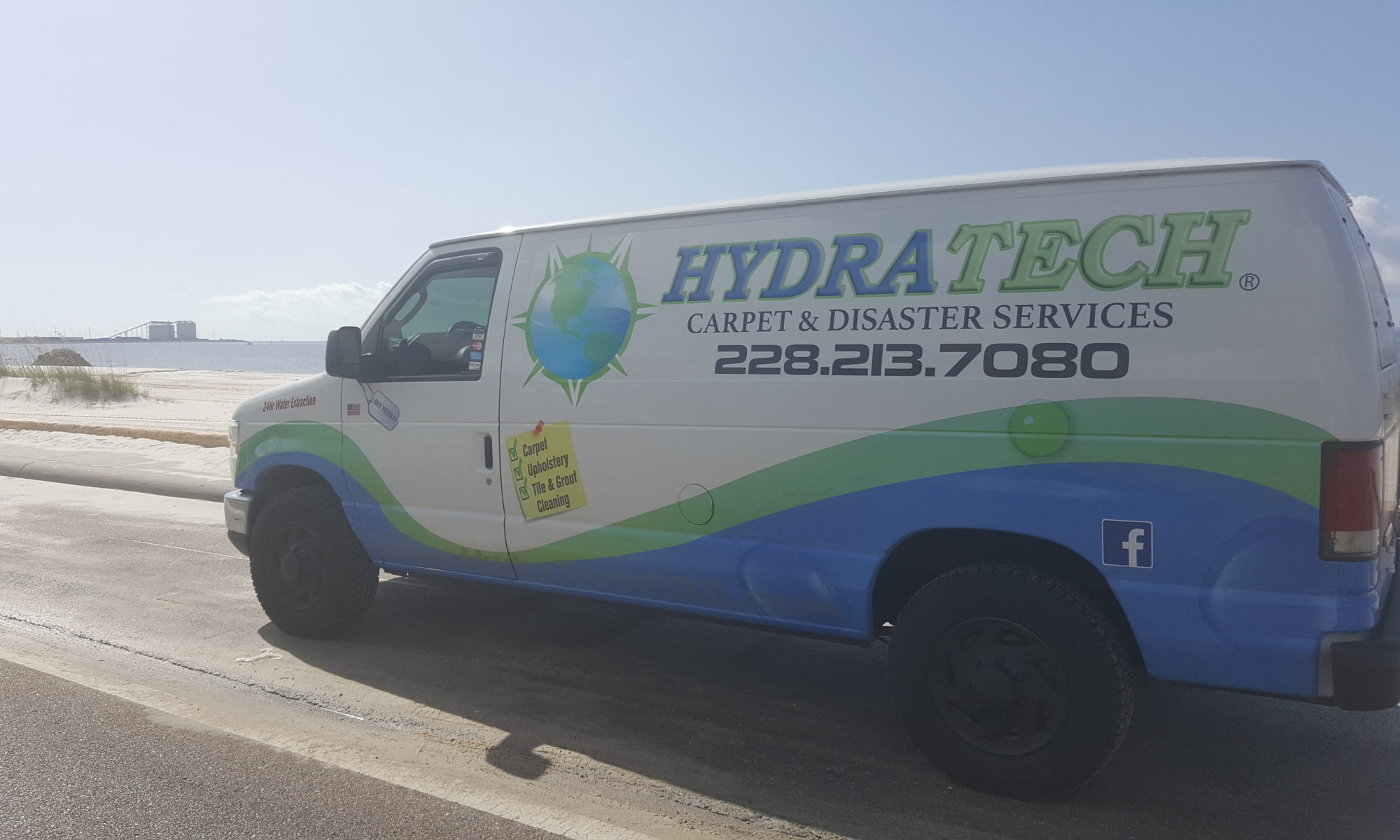FYI: Carpet Cleaning Standards
 As with any industry, there are many companies out there. As with the carpet cleaning industry, there is the proper steps and then there is the quick less efficient way. This quick article is to inform you, as a consumer, that all companies are not the same nor do they share the same standards.
As with any industry, there are many companies out there. As with the carpet cleaning industry, there is the proper steps and then there is the quick less efficient way. This quick article is to inform you, as a consumer, that all companies are not the same nor do they share the same standards.
Carpet cleaning has a governing entity to list standards that every carpet cleaning company should comply with. IICRC (Institute of Inspection Cleaning & Restoration Certification), is a SDO (Standards & Developing Organization). This non-profit organization has set forth standards to professionally equip any company in this service industry. They are affiliated in twenty-five countries to promote high standards and ethics for cleaning, restoration and installations.
The steps to cleaning carpet by IICRC standards are:
-Vacuum the carpet with a professional vacuum to remove most of the loose soil possible.
-Prespray carpet with a professional grade prespray detergent.
-Agitate the carpet with a carpet rake to assist prespray start to break down soils or stains.
-Extract with the proper heat and extraction detergent for best result.
CHAT is an acronym that professional carpet cleaners live by. Chemical, Heat, Agitation, Time. These four things combined properly together will clean the carpets to the fullest extent. Chemical: your detergent to break down soils and stains. It attaches itself to dirt then water flushes it from the fibers. Heat: to speed detergents reactions. Agitation: for the proper distribution of the detergent. Time: mostly called dwell time, for the detergent to break down soils, for different types of soils/stains dwell time is necessary for proteins, etc.
When looking for any kind of service in this industry, ask them if they have been to an IICRC class for the service you are requesting. Ask what their steps are for their cleaning process. Any technician should be willing to educate and assist you on understanding the process and options for problem areas. Carpets, upholstery, stone, mattresses or various types of material, all have different combinations of detergent and heat. Wool has to be a cool temperature due to its’ natural fiber and a special detergent. Nylon is a synthetic material that requires a different detergent and the technician should be able to explain that to you. HydraTech follows the steps of the IICRC. If you have questions, please do not hesitate to ask.
Indoor Air Quality and Allergies.
Why you should have your carpets & upholstery professionally cleaned?
Allergy and asthma control begins at home. Many people with allergies stay indoors when outdoor air is full of pollen and spores. But dust mites, animal dander and even cockroaches can cause problems indoors.
Eight out of 10 people in the United States are exposed to house dust mites, and six out of 10 are exposed to cat or dog dander. Cockroaches cause allergic reactions among people who live in the inner cities or southern parts of the United States. Controlling the air quality in your home, office and car can reduce allergy and asthma symptoms.
What Size Are Allergens?
Allergens are substances that cause allergic reactions and trigger asthma symptoms in some people. Allergen particles are carried in the air, but they will settle onto furniture and floor surfaces. They vary in size and are measured in microns (also called micrometers). The larger the particles, the faster they will settle out of the air. Pollen, dust mite and cockroach debris are larger and settle out of the air more quickly than molds or animal allergens.
Is Indoor Allergy Control Possible?
With aggressive carpet and upholstery cleaning, you can improve indoor air quality and reduce allergy symptoms. First you need to remove the source of as many allergens that you are sensitive to as possible. This includes pets, carpets, overstuffed furniture, stuffed toys, non-encased mattresses and pillows and bedding not washable in hot water. There may be more allergens on surfaces than in the air. Surface allergens can be put into the air easily by disturbing them by sitting or dusting, for example. Call HydraTech Carpet & Disaster Services.
Will Air Cleaning Devices Help?
The best way to improve symptoms is to eliminate the source of the allergen from the home whether that is the pet or a heavily mite-infested upholstered chair. The next best step is to take measures to decrease the exposure to the allergen. Other important measures are to increase the circulation of outdoor air into the home and to reduce the humidity as much as possible.
Reducing humidity decreases dust mite and mold growth. Air conditioners help reduce the humidity as well as prevent the exposure of outdoor allergens. You can reduce the number of outdoor allergens such as pollen and mold from entering the home by keeping windows and doors closed and the air conditioner set on recirculate.
Current research suggests that the role for freestanding indoor air cleaners is limited. Elimination of the source of the allergen is the most effective way to reduce symptoms. Many more allergens are in carpets and furnishings than in the air.
What Can I Do to Reduce Indoor Allergens?
Control dust mites. Keep surfaces in the home clean and uncluttered. Bare floors and walls are best, particularly in the bedroom where you spend one-third of your time. If you must have carpet, throw rugs that can be washed or low-pile carpets are better.
The single most important method is to put zippered allergen impermeable or plastic covers on all pillows, mattresses and box springs. Encasing mattresses works better than air cleaners to reduce allergy symptoms. Every week, wash bedding, uncovered pillows and stuffed toys in hot water (130 degree F.) to kill mites.
Vacuum once or twice weekly. Keep in mind, though, that vacuuming will not get to dust mites deep in carpets and mattresses. Vacuuming also puts dust in the air. Use a vacuum with a HEPA filter or special double filter bags if possible. If you have allergies, wear a dust mask while doing housework. Use a damp or treated cloth for dusting. Leave the house for several hours after cleaning it.
Prevent entry of pollen by keeping windows and doors closed. Air conditioning in warm weather is best and also helps control dust mites by reducing humidity. Change filters often in window units.
Avoid mold spores. Reduce moisture around the bathroom, kitchen and other water areas of the home. Dehumidifiers will help reduce both mold and dust mites. Limit yourself to a few house plants. Fix all leaks and other causes of damp areas. Clean moldy surfaces. Rid the yard of moldy firewood and piles of leaves and weeds. Control cockroaches. Do not leave food or garbage uncovered. Use poison baits, boric acid and traps rather than chemical agents that can irritate rhinitis and asthma.
Call a professional carpet/upholstery cleaning company like HydraTech Carpet & Disaster Services to assist with your cleaning needs today!

